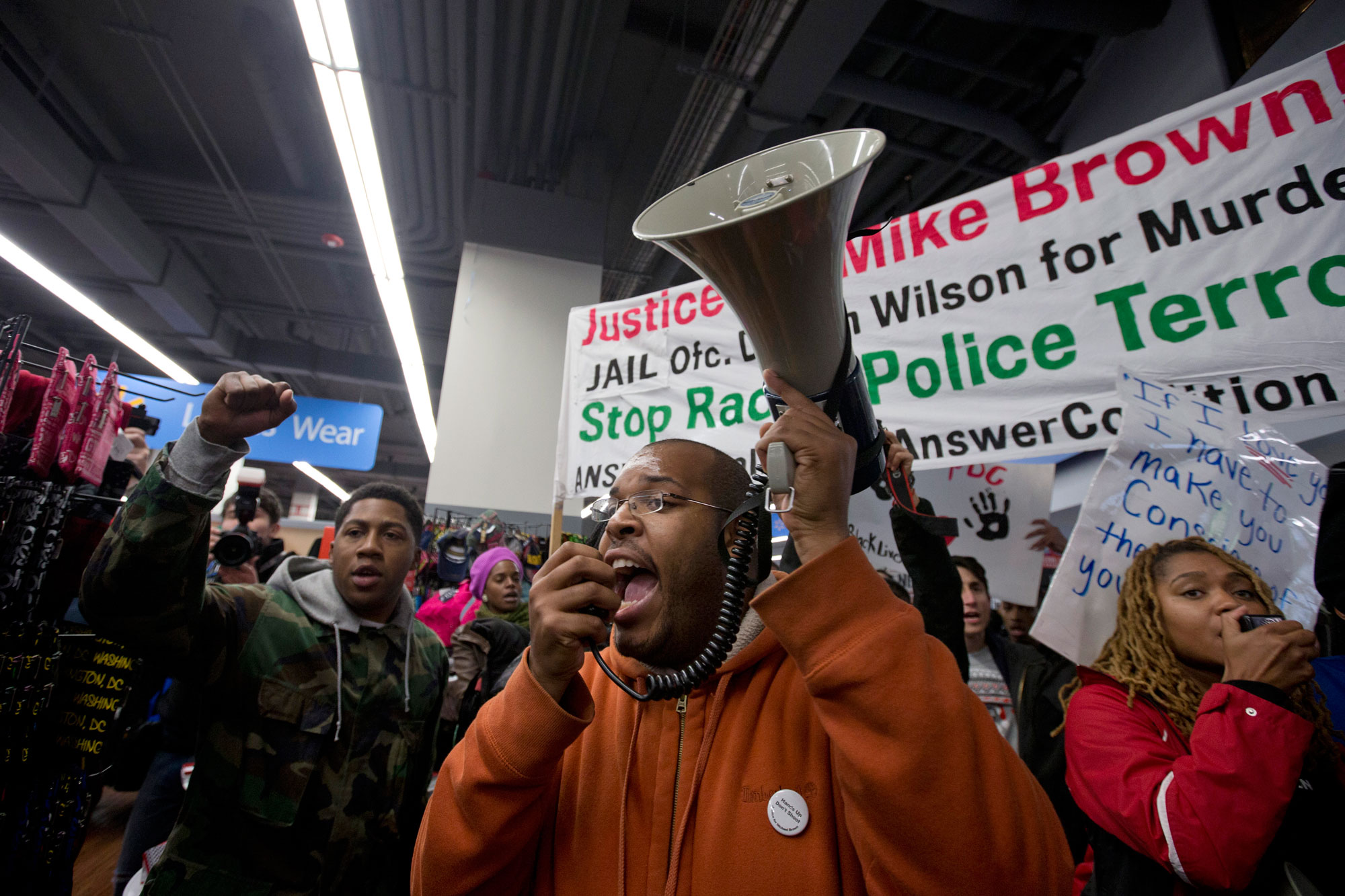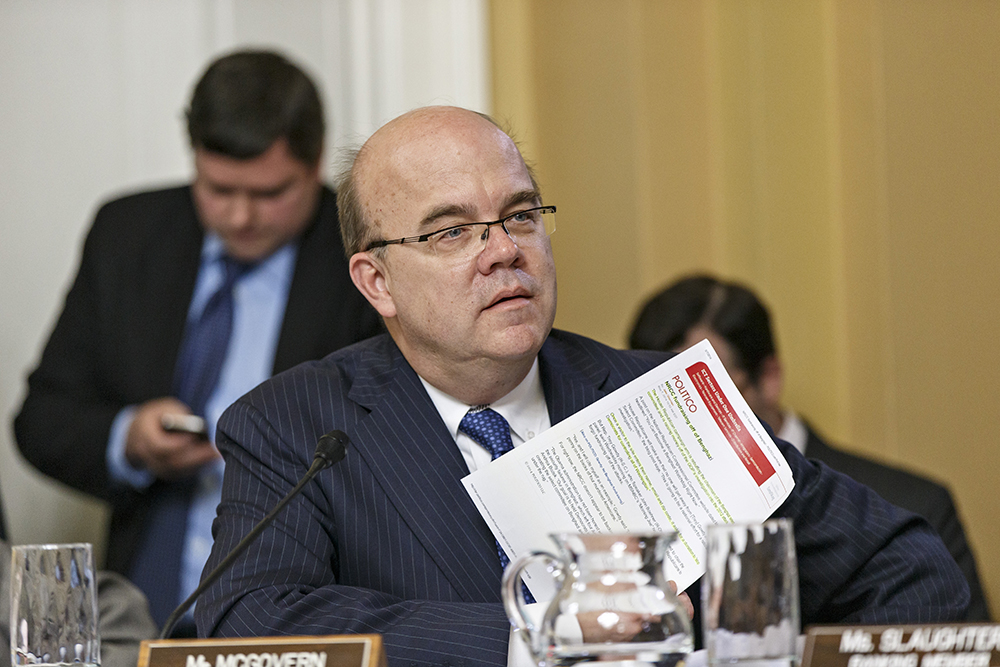When Amazon solicited bids this fall for the location of its new 50,000-employee headquarters, 238 North American cities tossed their hats in the ring. They’re competing with one another to put together the most attractive incentive package for the tech giant, offering everything from cash to large-scale infrastructure projects. And many of their proposals divert public funds—which would otherwise go to schools, public transportation, or other city services—directly into Amazon’s pockets.
Chicago, for instance, would allow Amazon to directly collect $1.32 billion in income taxes paid by its workers. Fresno, California’s bid creates a committee jointly run by Amazon and city officials to determine how to spend the taxes and fees generated by Amazon’s presence in the city. Newark, New Jersey is going the most direct route, with a $7 billion tax incentive package that includes an option for Amazon to dodge the city’s wage tax for 20 years.
Cities with less money have gotten more creative in their attempts to lure the company. Stonecrest, Georgia offered to annex 345 acres for Amazon to run its own city, named “Amazon, Georgia,” with Jeff Bezos as the appointed “mayor for life.” Kansas City’s mayor purchased 1,000 products on Amazon just so he could write product reviews persuading the company to come to his city. And Tucson, Arizona sent a 21-foot saguaro cactus to Amazon headquarters in Seattle (which the company rejected, saying they “can’t accept gifts”).
Yet perhaps the most noteworthy bid came from Detroit, not because of what it contains—the details of the bid are still private—but because of who submitted it. Unlike almost all of the other 237 proposals, Detroit’s bid wasn’t submitted by its city government or Chamber of Commerce. It was submitted by Dan Gilbert.
Get TalkPoverty In Your Inbox
With a net worth of $6.1 billion, Gilbert is Michigan’s richest citizen. He built his fortune mainly through his company, Quicken Loans, though he’s perhaps best known as the owner of the Cleveland Cavaliers. During Detroit’s foreclosure crisis, Gilbert invested heavily in downtown real estate, buying up blighted and struggling properties through his real estate company, Bedrock. To date, he’s spent more than $2 billion of his own money on Detroit real estate—slightly more than the city’s annual budget—and he now owns more than 70 properties downtown.
Amazon’s list of criteria for its new headquarters includes a metropolitan area with more than 1 million people, a “business-friendly environment,” and up to 8 million square feet to build its sprawling campus. Many cities are disqualified because they simply don’t have enough space—8 million square feet is more than the combined office space in the entire city of Wilmington, Delaware. But Dan Gilbert can meet this requirement on his own: He currently owns 15 million square feet of real estate in downtown Detroit.
Like many of our country’s beloved billionaires, Gilbert’s accumulation of wealth may have involved less-than-scrupulous practices. A suite of lawsuits against Quicken Loans allege that the company engaged in fraudulent and predatory lending. In 2012, the West Virginia Supreme Court awarded $2.8 million to a plaintiff after Quicken added a balloon payment of $107,015.71 on the end of a $144,800 loan after 30 years. In July, a federal district court fined the company $11 million in a separate class action suit that alleged that Quicken’s appraisers inflated the market value of customers’ properties, “putting them underwater on their loans from the start.” Quicken Loans has said it plans to appeal the ruling. Yet another lawsuit is still pending: The U.S. Justice Department alleges that the company violated the False Claims Act—which prevents corporations from defrauding government programs—and knowingly altered or overlooked information in loan applications.
Regardless of how Gilbert obtained his fortune, it’s given him immense power over his struggling city. A 2014 National Journal article, “Is Dan Gilbert Detroit’s New Superhero?”, describes Gilbert’s growing regional power: “elected office could hardly augment his financial influence over Detroit … Gilbert has established himself as Detroit’s de facto CEO.” Even though the article sounds like it was written by Gilbert’s public relations team—at one point it suggests that he’s the “savior of Detroit”—its description of his control over the city’s downtown is frightening:
In the absence of a functioning, solvent local government, Gilbert has taken it upon himself to confront safety concerns by installing a state-of-the-art surveillance system downtown to supplement an underfunded and undermanned Detroit Police Department. The ACLU says it disapproves of this given the potential privacy concerns but says it cannot prevent business owners from monitoring their own properties.
However, a journalist for Motor City Muckraker claimed that Gilbert’s company, Rock Ventures, wasn’t just monitoring its own properties. He interviewed building owners who claimed that the company installed cameras on their property without their consent. (Rock Ventures denies these claims, and Dan Gilbert referred to the journalist as “dirty scum.”)
Three years later, his power is still growing. In May, the Michigan state legislature passed the “Transformational Brownfield” bills—colloquially known as the “Gilbert bills”—which give him access to up to $1 billion in public funds for his development projects. The bills divert the income taxes paid by any resident or employee who moves into his buildings, creating a situation like that in Chicago’s bid for Amazon’s second headquarters—citizens no longer pay taxes to the city government; instead, they pay taxes directly to Gilbert’s real estate corporation.
Peter Hammer, director of the Damon J. Keith Center for Civil Rights, says the Gilbert bills “marked a dangerous shift between public and private.” Hammer says that you used to be able to say that Gilbert “was an entrepreneur using his own money,” so whether you approved of him or not, at least it was on his own dime. But now, that’s changed.
Detroit has been cutting deals with developers in an attempt to revitalize the city for at least a decade. In 2013, the city approved $283 million in taxpayer funds to finance the construction of a new Red Wings stadium—at least $18 million of which came from school funding, according to former Michigan House Representative Rashida Tlaib. And in 2007, Detroit’s city council gave Marathon Oil a $175 million tax break to expand its operations, with the understanding that they would hire more Detroiters. But the project only created 15 jobs for Detroit’s citizens, which means the city’s taxpayers paid more than $11 million per job. In return, Marathon Oil has been dumping petcoke, a petroleum byproduct, on the outskirts of the Detroit River. On windy days, this produces thick, black dust clouds that blow far beyond the banks of the river.
The return on investment for subsidies to Gilbert’s Quicken Loans isn’t much better. Residential mortgage lending has completely dried up in Detroit. There were just 356 new mortgages each year on average from 2009 to 2014, compared with 6,103 from 2004 to 2008.
“You get this huge contrast downtown, where you’re getting huge public subsidies for development, and in your neighborhoods, you can’t even get a commercial mortgage to buy a house,” Hammer says.
That disparity has created what residents call “the tale of two cities.” The city is 142 square miles, but almost all of the media attention and investment—Gilbert’s included—goes to the 7.2 square miles that make up its gentrifying core. While Detroit is 83 percent black, this downtown core is overwhelmingly white.
In July, Rock Ventures appeared to brag about Detroit’s racial disparity in a downtown window ad. The ad featured an almost entirely white crowd next to the slogan “See Detroit like we do.”
This is an ad from @BedrockDetroit – a real estate company. Look at their ad. Notice what’s missing? They don’t see black people in Detroit. pic.twitter.com/SDZPZg35S7
— Abed A. Ayoub (@aayoub) July 23, 2017
Gilbert seems to have learned his lesson about advertising optics when he helped create the “Detroit Moves the World” campaign for the city’s Amazon bid. Their masthead video is narrated with a spoken word performance from Jessica Care Moore, a black activist and poet, and features rhythmic images of a diverse array of artists, scientists, and workers in the city.
The video is inspiring, but after years of uneven revitalization, it may prove fruitless. Aside from Gilbert, most people don’t consider Detroit to be a serious contender, in large part because its development has ignored the majority of its citizens. One of Amazon’s selection criteria is a robust transportation system that can easily handle an influx of 50,000 new workers. On this point alone, Detroit fails spectacularly. Its largest transportation project in recent years is a new streetcar line that only travels 3.3 miles up and down Detroit’s gentrified core. It was largely privately funded, and has been named “QLINE” in honor of one of its major backers, Quicken Loans.
Even if Amazon were to select Detroit for its new headquarters, there’s not much evidence to suggest that it would solve the crisis residents are facing. How would it help a family whose water has just been shut off, and who must find a new school for their kids because all the schools in the neighborhood have closed? It’s tempting to think that a profitable, futuristic firm like Amazon is just what a city needs to kick start its development. But that trickle-down approach is what has allowed Gilbert to thrive while the rest of Detroit falls apart.
Of course, it’s not Dan Gilbert’s job—nor is it Amazon’s—to ensure that the city’s residents have their basic needs met. But if Detroiters have to wait for a billionaire to save their city, they’ll be waiting forever.










